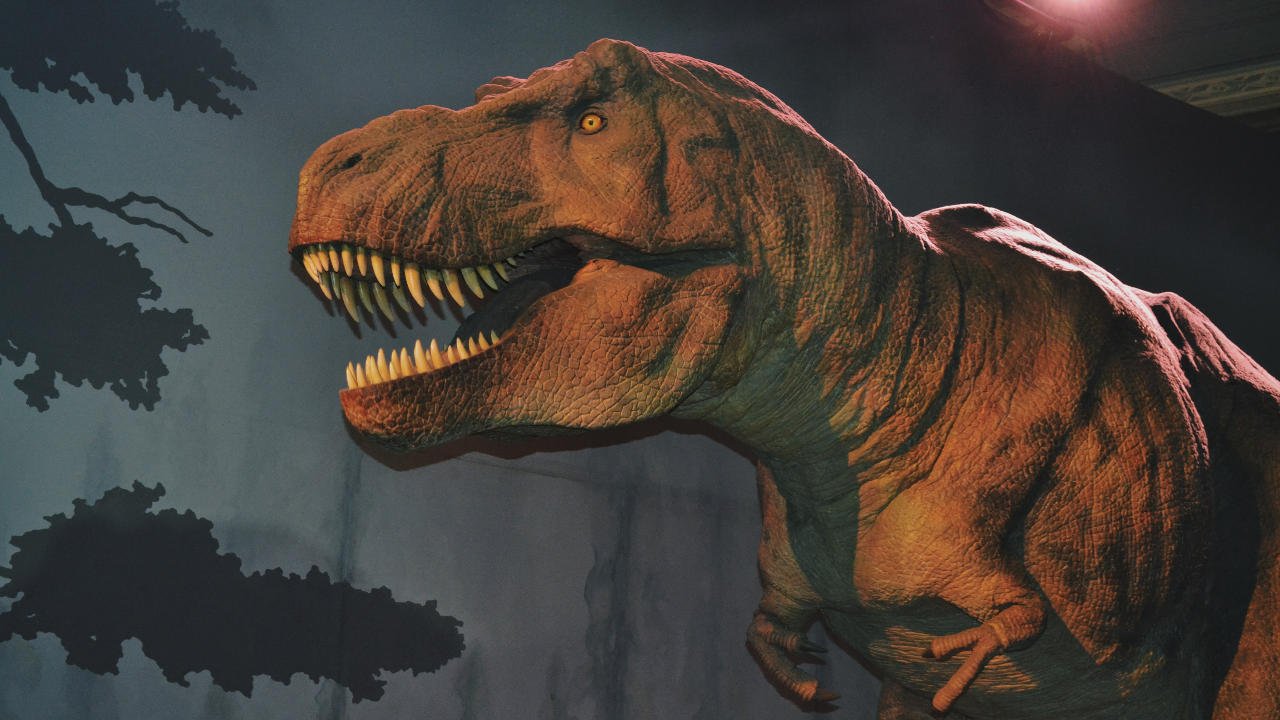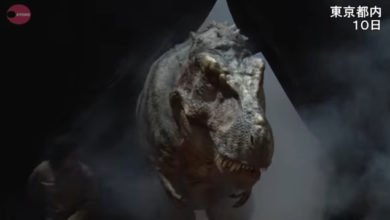
Dr. Alida Bailleul from the Chinese Academy of Sciences believes she and her team of paleontologists may have discovered something that looks like dinosaur DNA. They’re not quite ready to say it is dino DNA, but it sure seems to act like it.
“Our data support the hypothesis that calcified cartilage is preserved at the molecular level in this Mesozoic material, and suggest that remnants of once-living chondrocytes, including their DNA, may preserve for millions of years.”
The discovery was made on skull fragments from a 75-million-year-old fossilized duck-billed dinosaur nestling, upon which Bailleul found cartilage cells containing “microstructures morphologically consistent with nuclei and chromosomes.”
The 6 inch (15 cm) long skull of a baby Hypacrosaurus stebingeri from Montana that has yielded evidence of dinosaur proteins, chromosomes, and chemical markers of DNA. Congratulations to former doctoral students Alida and Mary. Excellent #FossilFriday! https://t.co/9fFw96YOo8 pic.twitter.com/rsF7NZ3nDQ
— Jack Horner (@dustydino) February 28, 2020
According to Bailleul, she couldn’t believe it when she saw it. “My heart almost stopped beating,” she said in a press release. She added that “these new exciting results add to growing evidence that cells and some of their biomolecules can persist in deep-time.”
If true, the discovery of preserved dinosaur DNA would rock the paleontology world, as up to this point it’s been accepted that DNA simply can’t survive for tens of millions of years. This has lead many to take a skeptical view of the claim, but most are curious to see where this is going. There’s also a chance the dinosaur skull was contaminated, but if they’re able to sequence the material, that question may eventually be answered.
According to Smithsonian Magazine, thus far the oldest DNA sequenced was from a 700,000-year-old horse that was “frozen in permafrost.” Last year, new techniques allowed for genetic information to be extracted from the tooth enamel of a 1.7-million-year-old rhinoceros.


